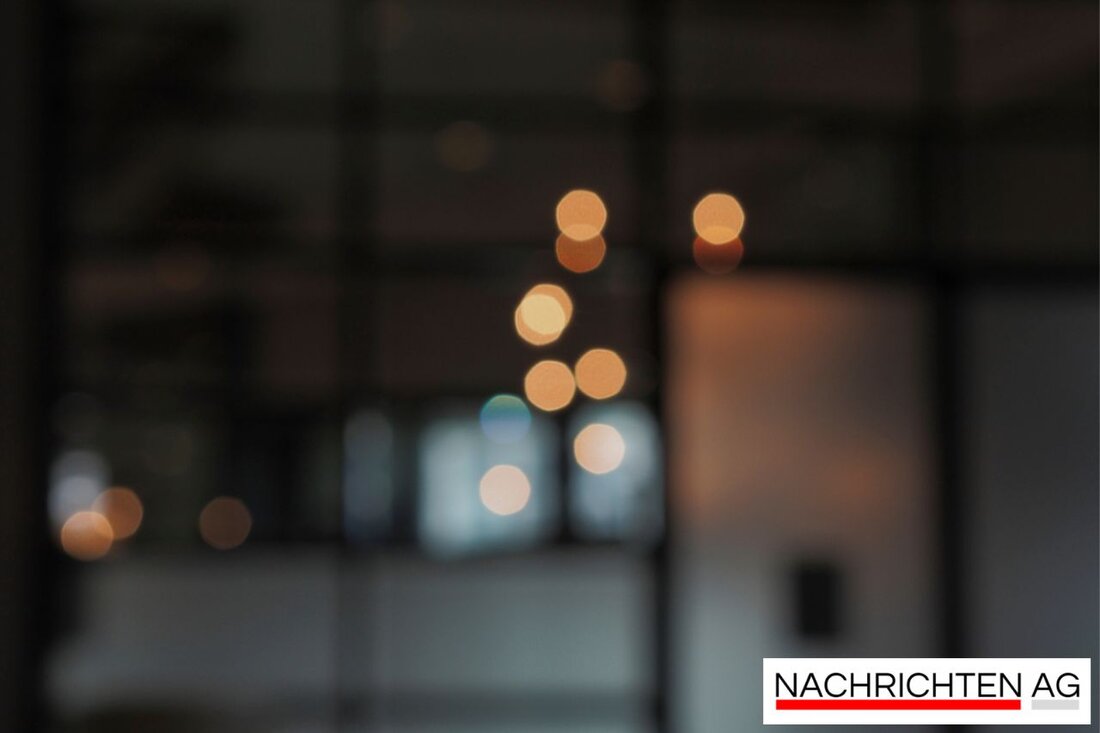Neustrelitz is planning a new castle tower: A look into the history of democracy!
Neustrelitz is planning to rebuild the castle tower as an interactive museum on the history of democracy. First insights and concepts presented.

Neustrelitz is planning a new castle tower: A look into the history of democracy!
On Monday evening, July 16, 2025, a groundbreaking concept for the reconstruction of the Neustrelitz castle tower was presented in the Mecklenburg-Strelitz cultural quarter. The managing director of musealis GmbH, Andreas Feddersen, presented various illustrations by the designer Matthias Seifert to the assembled participants. This presentation attracted around 100 interested people to the Schlossberg Conference, where the exciting ideas for using this historic building were discussed. Unfortunately, the comprehensive usage concept, which comprises a total of 74 pages, remains behind closed doors in the Neustrelitz town hall.
The planned castle tower has a clearly defined museum theme: the history of democracy, particularly with a focus on Mecklenburg-Strelitz. The presentation included various exhibition levels that are intended to clearly illustrate the historical development of democracy. The ground floor will serve as a publicly accessible reception area with no entry costs, while the upper levels will be used for the respective exhibition. The viewing floor on the fifth floor also promises impressive views of the castle park and the Neustrelitz city panorama.
The exhibition levels in detail
A total of four exhibition levels will take visitors on a journey through time through the development of democracy in Mecklenburg-Strelitz:
- Ausstellungsebene 1: Wurzeln der Demokratie (bis 1918)
Hier werden die frühen demokratischen Bewegungen des 19. Jahrhunderts thematisiert. Interaktive „Bühnenkisten“ ermöglichen es den Besuchern, demokratische Werte durch bedeutende historische Ereignisse zu entdecken. - Ausstellungsebene 2: Demokratisches Mecklenburg-Strelitz (1918 bis 1933)
Diese Ebene widmet sich der turbulentesten Phase der jungen Demokratie und wird wie ein temporäres Parlament mit akustischen Inszenierungen und interaktiven Elementen gestaltet. - Ausstellungsebene 3: Diktatur und Demokratie im 20. Jahrhundert
Hier wird die Zerschlagung demokratischer Strukturen während des Nationalsozialismus und der DDR beleuchtet. Die Besucher können zwischen zwei Pfaden wählen, die die Unterschiede zwischen den autoritären Systemen illustrieren. - Ausstellungsebene 4: Das Labor der Demokratie
Dieses Forum für Reflexion und Partizipation legt den Fokus auf zukünftige Fragestellungen zur Demokratie und lädt die Besucher ein, an demokratischen Prozessen aktiv teilzunehmen.
An additional highlight is the planning of a “democracy laboratory”, which is to be implemented on the fourth floor with interactive stations. The “Yellow Hall” of Neustrelitz Castle will also be rebuilt in a smaller form. The exhibitions will cover an area of 200 square meters and ensure that visitors can not only look but also take part - in the spirit of interactive experiences.
Open questions and future challenges
Despite the optimistic plans, many questions remain unanswered. Historian Bernd Kasten will speak about election campaigns and political violence in Mecklenburg from 1930 to 1933, while journalist Andreas Frost will introduce the first democratically elected female politician, Erna Weiland. The statements of Henry Tesch, who demands a decision from the Mecklenburg Foundation from the city, and the new mayor Max Odebrecht, who emphasizes the need for a clear decision, also cast a shadow on the future design of the project.
The concept for the Neustrelitz Castle Tower could very well become a cultural highlight of the region, but it also poses challenges associated with integrating it into existing exhibitions in the cultural quarter. Whether and how this will be implemented remains to be seen. For those interested in learning more about the planned content, the German Historical Museum provides, among other things, the IDA platform, which offers teaching materials free of charge and makes it possible to deal with history creatively, which could be particularly promising for future museum work here.
So things remain exciting in Neustrelitz. The reconstruction of the castle tower could not only become an architectural landmark, but also a place of learning and meeting that vividly brings the region's democratic roots to life. Those responsible probably only have a good hand if they also include the voice of the citizens - because one thing is clear: there is no way around the decision on the construction of the castle tower.

 Suche
Suche
 Mein Konto
Mein Konto